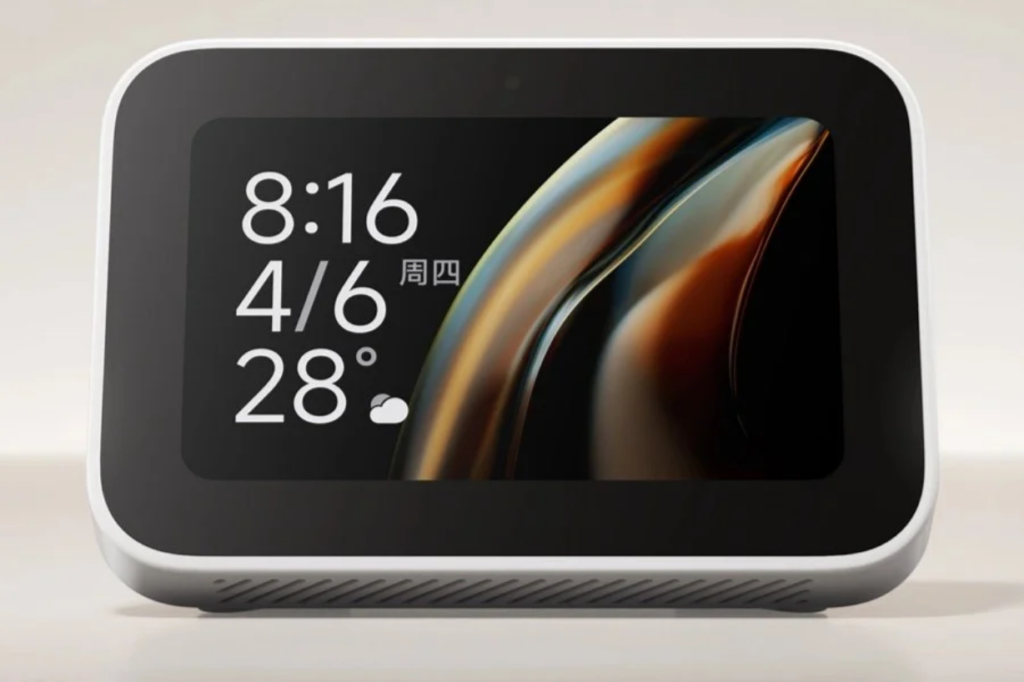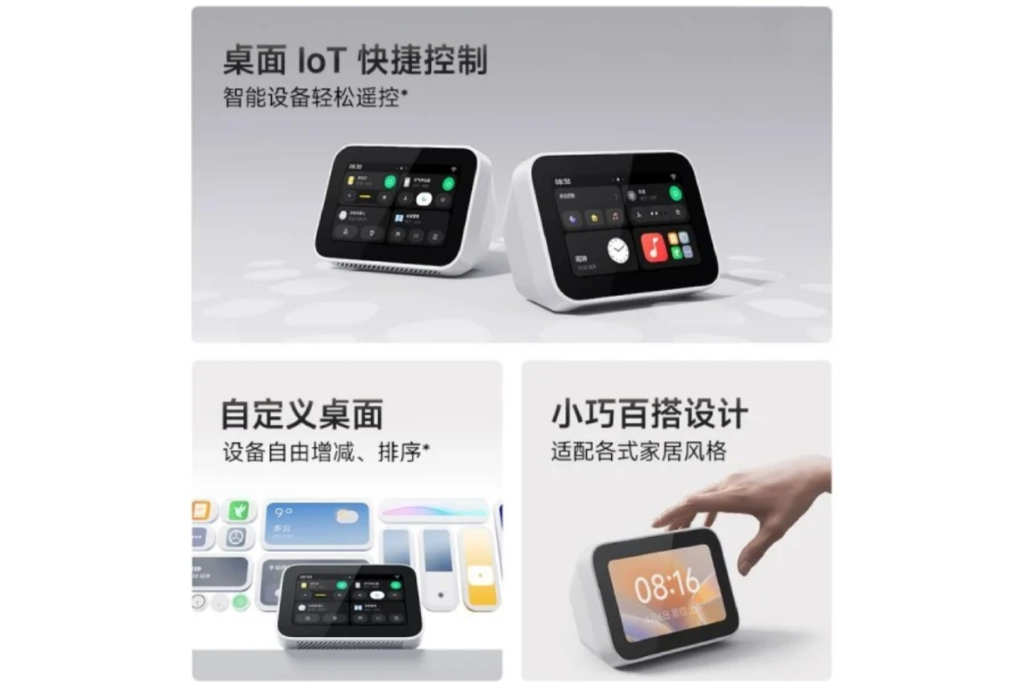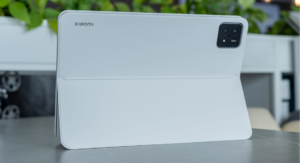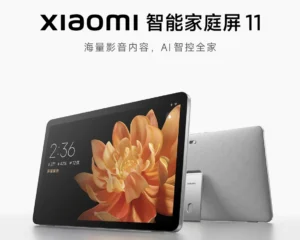Xiaomi’s Latest Smart Home Control Hub: A Game Changer in Home Automation
Introduction to Xiaomi’s Smart Home Control Hub
Xiaomi’s latest smart home control hub is positioned as a revolutionary advancement in the realm of home automation. As smart home technology continues to evolve, the demand for sophisticated yet user-friendly control systems has significantly increased. Xiaomi, a prominent player in the tech industry, is committed to innovation and has made substantial strides in developing a comprehensive smart home ecosystem. This new hub exemplifies the company’s dedication to enhancing user experience while simplifying the management of multiple connected devices.
The Xiaomi Smart Home Control Hub serves as a centralized point for integrating various smart home devices, offering users the capability to manage everything from lighting and security systems to smart appliances seamlessly. This hub is not only compatible with Xiaomi’s extensive range of products but also supports devices from other brands, making it a versatile addition to any smart home setup. Its ability to unify disparate technologies under one umbrella enhances both functionality and convenience for users.

Key Features and Innovations of the Control Hub
Xiaomi’s latest smart home control hub showcases a blend of cutting-edge technology and user-centric design, setting it apart in the realm of home automation. A significant feature is its compatibility with HyperOS, a robust operating system designed specifically for seamless connectivity across multiple devices. This integration allows users to control various smart appliances effortlessly, enhancing the overall user experience.
One of the standout innovations of the control hub is its intuitive user interface, which has undergone substantial improvements to facilitate easier navigation and management of connected devices. The layout is clean, with logical categories for different device types, enabling users to access their smart home systems with minimal effort. Additionally, customizable dashboards empower users to prioritize frequently used functionalities, thus optimizing their interaction with the technology.
Another impressive aspect of the control hub is its integration capabilities. The hub supports a multitude of smart devices, ranging from lighting systems to security cameras, ensuring that users can harmoniously manage their entire smart home ecosystem. The ability to create automated routines, such as scheduling lights to turn on or adjusting the thermostat based on occupancy, significantly streamlines daily tasks, fostering an environment of convenience.
Moreover, the technology embedded in HyperOS plays an essential role in enhancing home connectivity. Its advanced algorithms assist in device management, ensuring optimal communication between devices while maintaining energy efficiency. The intelligent distribution of tasks and prioritization based on user habits enhances not only functionality but also the reliability of smart home operations. These features collectively illustrate how Xiaomi’s control hub is poised to revolutionize the landscape of home automation, making it accessible and efficient for a wider audience.
Practical Applications in Daily Life
Xiaomi’s latest smart home control hub offers a blend of convenience and functionality that can significantly enhance daily life. By integrating various smart devices, the control hub serves as a central command center for home automation, streamlining everyday routines. One of the most notable applications is in home security. With the hub, users can connect smart cameras and sensors to monitor entry points around the home. For instance, users can receive real-time alerts on their smartphones if any unusual motion is detected, providing peace of mind, especially when away from home.
Energy management is another area where the smart home control hub excels. Users can connect smart plugs and smart thermostats to monitor and control energy consumption from a single interface. For example, scheduling lights to turn off at specific times or adjusting heating settings based on user habits not only lowers energy bills but also contributes to eco-friendly living. Leveraging the hub’s scheduling functionalities allows users to automate mundane tasks, leading to a more efficient lifestyle.
Moreover, the hub enhances overall lifestyle through automation of daily routines. Imagine waking up to a home that automatically opens drapes, adjusts the thermostat, and brews coffee—all based on predetermined triggers set within the hub. This level of customization creates a seamless living experience. A practical tip for maximizing the hub’s potential is to explore various automation scenarios. For instance, creating a “movie night” scene can dim lights, lower shades, and turn on the television with a single command. By experimenting with the available settings, users can tailor their environment to suit their preferences and elevate their quality of life.

The Future of Smart Home Technology with Xiaomi
Xiaomi has continually redefined the landscape of smart home technology, establishing itself as a leader in the realm of home automation. With the introduction of its latest smart home control hub, the company is poised to enhance user experience through a seamless integration of devices and innovative features. The future of smart home technology, as envisioned by Xiaomi, is centered around convenience, efficiency, and accessibility. This is reflected in the company’s commitment to providing an intuitive user interface and enhanced interoperability among various smart devices.
Current trends in the smart home market indicate a growing consumer preference for interconnected systems that simplify daily tasks. Xiaomi’s strategy aligns with this demand by focusing on creating products that not only connect to the central hub but also learn and adapt to user preferences. For instance, potential upcoming features may include advanced AI-driven automation capabilities, enabling smart devices to anticipate user needs and preferences. Such features can enhance energy efficiency by optimizing usage patterns, further contributing to cost savings for consumers.
Moreover, as more households embrace smart technology, Xiaomi is likely to diversify its product offerings beyond traditional appliances. This could include the incorporation of health-monitoring devices and security systems that integrate seamlessly with the central hub. By addressing emerging consumer trends, Xiaomi effectively positions itself ahead of competitors while continuing to maintain affordability, which is pivotal for attracting a broader audience.
In summary, Xiaomi’s vision for the future of smart home technology revolves around creating a cohesive ecosystem where every device enhances the overall living experience. With its focus on innovation, user-centric design, and affordability, Xiaomi is set to influence the home automation industry significantly, continuously striving to make advanced technology accessible for everyone.







